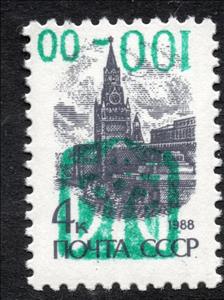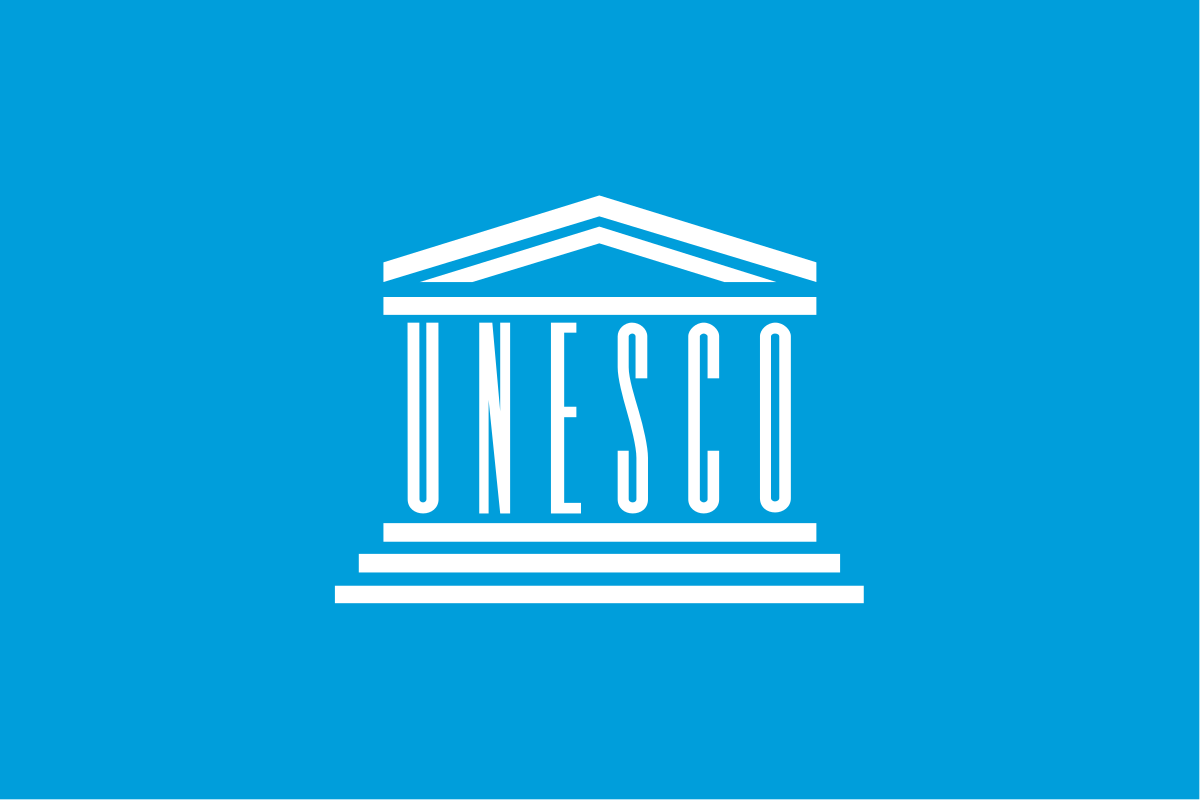Stamp: STRYI Emergency overprints (Cinderellas 1993)
STRYI Emergency overprints (Cinderellas 1993)
02 February (Cinderellas ) within release Ukraine goes into circulation Stamp STRYI Emergency overprints face value 100 Ukrainian karbovanets
| Stamp STRYI Emergency overprints in catalogues | |
|---|---|
| Colnect codes: | Col: UA-306 |
Stamp is vertical format.
INVERTED Green Trident overprint on 4k USSR stamp issued in 1988Also in the issue Ukraine:
- Stamp - STRYI emergency overprints face value 500;
- Stamp - STRYI emergency overprints face value 50;
- Stamp - STRYI emergency overprints face value 50;
- Stamp - STRYI emergency overprints face value 20;
- Stamp - STRYI Emergency overprints face value 30;
- Stamp - STRYI Emergency overprints face value 50;
- Stamp - STRYI emergency overprints face value 250;
- Stamp - STRYI emergency overprints face value 50;
- Stamp - STRYI emergency overprints face value 250;
- Stamp - STRYI Emergency overprints face value 100;
- Stamp - STRYI emergency overprints face value 500;
- Stamp - STRYI emergency overprints face value 10;
- Stamp - STRYI Emergency overprints face value 250;
- Stamp - STRYI Emergency overprints face value 250;
- Stamp - STRYI Emergency overprints face value 50;
- Stamp - STRYI Emergency overprints face value 30;
- Stamp - STRYI Emergency overprints face value 30;
- Stamp - STRYI Emergency overprints face value 30;
- Stamp - STRYI emergency overprints face value 10;
- Stamp - STRYI emergency overprints face value 10;
- Stamp - STRYI emergency overprints face value 10;
- Stamp - STRYI emergency overprints face value 30;
- Stamp - STRYI Emergency overprints face value 100;
- Stamp - STRYI Emergency overprints face value 100;
- Stamp - STRYI Emergency overprints face value 20;
- Stamp - STRYI Emergency overprints face value 10;
- Stamp - STRYI Emergency overprints face value 30;
- Stamp - STRYI Emergency overprints face value 30;
- Stamp - STRYI Emergency overprints face value 100;
- Stamp - STRYI Emergency overprints face value 20;
- Stamp - STRYI Emergency overprints face value 500;
- Stamp - STRYI Emergency overprints face value 30;
- Stamp - STRYI emergency overprints face value 500;
- Stamp - STRYI Emergency overprints face value 250;
- Stamp - STRYI Emergency overprints face value 10;
- Stamp - STRYI Emergency overprints face value 500;
- Stamp - STRYI emergency overprints face value 100;
- Stamp - STRYI emergency overprints face value 250;
- Stamp - STRYI emergency overprints face value 100;
- Stamp - STRYI Emergency overprints face value 100;
- Stamp - STRYI Emergency overprints face value 10;
- Stamp - STRYI Emergency overprints face value 20;
- Stamp - STRYI emergency overprints face value 20;
- Stamp - STRYI emergency overprints face value 100;
- Stamp - STRYI Emergency overprints face value 250;
- Stamp - STRYI Emergency overprints face value 50;
- Stamp - STRYI Emergency overprints face value 10;
- Stamp - STRYI Emergency overprints face value 100;
- Stamp - STRYI Emergency overprints face value 500;
- Stamp - STRYI emergency overprints face value 30;
- Stamp - STRYI Emergency overprints face value 100;
- Stamp - STRYI emergency overprints face value 20;
- Stamp - STRYI Emergency overprints face value 10;
- Stamp - STRYI Emergency overprints face value 50;
- Stamp - STRYI Emergency overprints face value 50;
- Stamp - STRYI Emergency overprints face value 50;
- Stamp - STRYI Emergency overprints face value 500;
Stamp STRYI Emergency overprints it reflects the thematic directions:
A building or edifice is a structure with a roof and walls standing more or less permanently in one place, such as a house or factory. Buildings come in a variety of sizes, shapes and functions, and have been adapted throughout history for a wide number of factors, from building materials available, to weather conditions, to land prices, ground conditions, specific uses and aesthetic reasons. Buildings serve several needs of society – primarily as shelter from weather, security, living space, privacy, to store belongings, and to comfortably live and work. A building as a shelter represents a physical division of the human habitat (a place of comfort and safety) and the outside (a place that at times may be harsh and harmful).
A star is a luminous spheroid of plasma held together by self-gravity. The nearest star to Earth is the Sun. Many other stars are visible to the naked eye at night; their immense distances from Earth make them appear as fixed points of light. The most prominent stars have been categorised into constellations and asterisms, and many of the brightest stars have proper names. Astronomers have assembled star catalogues that identify the known stars and provide standardized stellar designations. The observable universe contains an estimated 1022 to 1024 stars. Only about 4,000 of these stars are visible to the naked eye—all within the Milky Way galaxy.
A symbol is a mark, sign, or word that indicates, signifies, or is understood as representing an idea, object, or relationship. Symbols allow people to go beyond what is known or seen by creating linkages between otherwise very different concepts and experiences. All communication (and data processing) is achieved through the use of symbols. Symbols take the form of words, sounds, gestures, ideas, or visual images and are used to convey other ideas and beliefs. For example, a red octagon is a common symbol for "STOP"; on maps, blue lines often represent rivers; and a red rose often symbolizes love and compassion. Numerals are symbols for numbers; letters of an alphabet may be symbols for certain phonemes; and personal names are symbols representing individuals.
The United Nations Educational, Scientific and Cultural Organization (UNESCO; pronounced /juːˈnɛskoʊ/) is a specialized agency of the United Nations (UN) with the aim of promoting world peace and security through international cooperation in education, arts, sciences and culture. It has 194 member states and 12 associate members,as well as partners in the non-governmental, intergovernmental and private sector. Headquartered in Paris, France, UNESCO has 53 regional field offices and 199 national commissions




